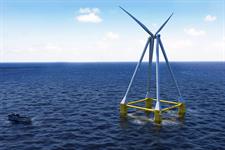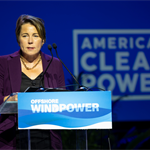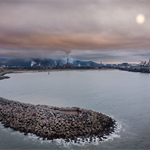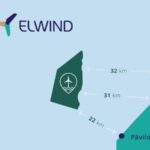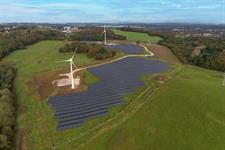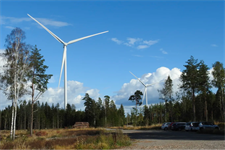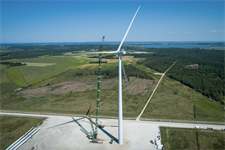EU funds trio of floating offshore wind research projects
Energy Disrupter
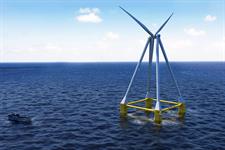
Spanish energy firm Acciona Energía is set to lead two of the projects, while French engineering firm Technip Energies and Barcelona-based floating start-up X1 Wind are due to lead a third.
Acciona Energía is due to receive EU funding to install a 4.8MW turbine on a concrete floating platform as part of one research project, and to demonstrate a pyramid-shaped floating platform in the Black Sea as part of another.
Meanwhile, Technip and X1 are set to deploy a 6MW turbine on the latter’s tension-leg platform (TLP) at the Mistral test site in the French Mediterranean.
The funding from the EU’s Horizon Europe research and innovation programme is subject to full formalisation. Acciona stated that it is set to receive around €16 million for each project, while neither Technip Energies or X1 Wind has suggested how much they are likely to receive.
Concrete platform
Acciona is leading a team of offshore renewables consultancy Bluenewables, GMC, Hellenic Cables, oil and gas contractors ACSM, as well as Cener, ABL, WaveEC and AVOS to develop and operate an industrial prototype in real operating conditions.
It aims to have the 4.8MW prototype operational within two years from launching the project. Acciona has not confirmed when this will be, where the prototype will be installed, or what design the platform will have.
Black Sea
The Spanish energy firm is also involved in a separate project led by Catalonia Institute for Energy Research, whereby engineering firm Eolink will develop a floating platform for a 5MW wind turbine.
Acciona-backed Eolink has designed a pyramid-shaped floating wind turbine concept with the nacelle supported by four masts rather than a single tower.
Under the EU-funded project, it aims to have a prototype operational in the Black Sea within three years.
Its research partners include oil and gas firm Petroceltic Bulgaria, education and research organisations such as the University of Constanta, European Marine Energy Centre, the Centre for EU Policy Studies, Brunel University, Fraunhoffer Gesellschaft, University of Mining and Geology of Bulgaria, as well as SPG, MCE, Sivas, Deniz Üstü Rüzgar Enerjisi.
Downwind tests
Meanwhile, Technip Energies and X1 Wind hope to demonstrate the latter’s floating offshore wind technology and accelerate its industrial-scale deployment.
The X1 Wind floating offshore wind concept is based on a tension leg platform (TLP) mooring, with a weathervaning system and a downwind turbine.
The design allows for a lighter floating platform design, resulting in less steel and a smaller mooring system, which X1 Wind claims will minimise the impact on the seabed.
The partners aim to deploy a full-scale 6MW prototype at the Mistral test site in the French Mediterranean.
They plan to work alongside Spanish utility Naturgy, 2B-Energy, Hellenic Cables, Ocean Ecostructures, steel construction firm Schwartz Hautmont, Tersan Shipyard, Ecole Centrale de Nantes, Ocas, Hydro and the Technical University of Denmark.

